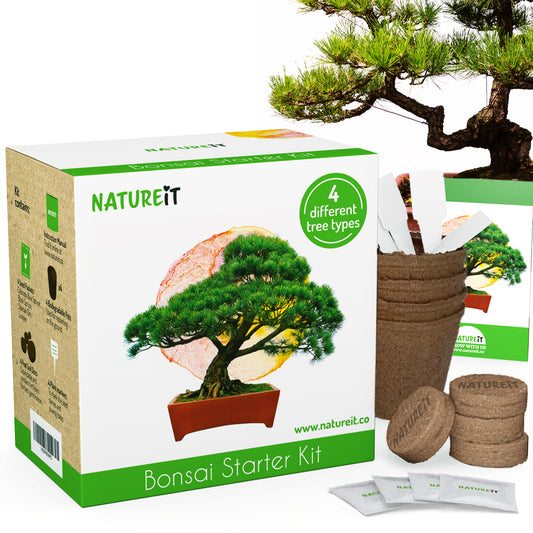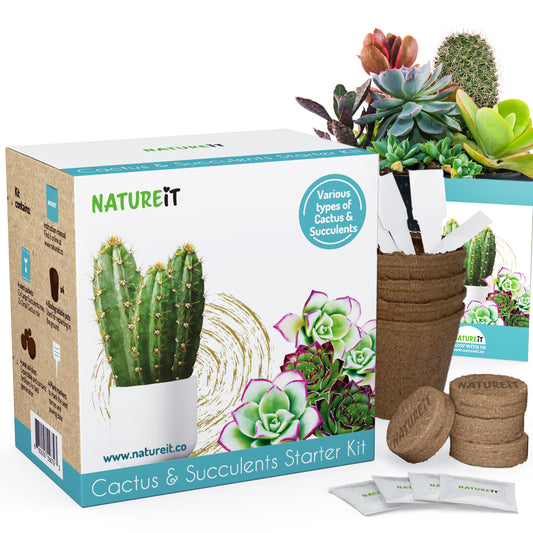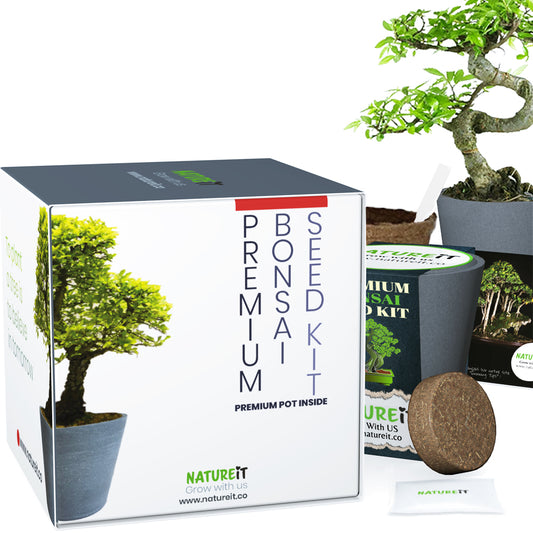You are growing a Bonsai tree and checking up on it daily. You make sure it has enough water, that it gets enough sunlight, and pruning its old leaves and small roots when needed. You do the best you can to take good care and nurture your little growing friend. Unfortunately, your leaves have suddenly turned brownish or yellow, or its stems become pale. It’s sometimes easy to forget that we’re dealing with nature and it has its course. Even if you take good care of your Bonsai tree, it might still become sick. There are a lot of factors which are out of our control that may cause your plant to get sick. It’s good that you are watching over your plant though because you can definitely turn things around and revive them back to perfect health.

Watch the color of your leaves

The leaves of your plant are usually the first and best indicator of your plant’s health.
A healthy tree should have lush colored leaves. Over-watering is usually where the problem lies.
If the edges of your leaves are turning brown or wilting it might be a fungal issue, but it’s usually a matter of your Bonsai tree suffocating and not being able to get enough air and nutrients through its roots. When the soil is drenched with water, it becomes blocked and clogged and won’t allow air to flow freely to the roots.
You’d want to keep your tree’s roots in a safe environment and not exposed to the sun, but definitely not in a too dense and wet soil, which will cause mold and fungus and eventually kill your tree.

Watering
It’s obvious that every living creature needs water to survive. The quality of the water your plant receives is just as important as the amount it receives.
If you won’t drink the water that comes out of your tap, don’t give it to your plants.
The temperature of the water is also very important – make sure it’s not too cold and definitely not too hot.
Some plants thrive in humidity (a lot of bonsai’s do). If your plant needs humidity spray it with water every couple of days to keep both the soil and the trunk, branches and leaves moist.
Some plants require to be watered from the bottom. Check if your plant needs to be watered from the bottom or both top and bottom.
Over-watering
As mentioned before, one of the most common mistakes made by growers is over-watering their plant. Signs of over watering are
- Formation of mold.
- Base leaves falling.
- Moss growing on top of the soil.
- Discolorations
If you over-watered your plant you can still make it right. Just place it in a sunny, airy environment (still not too hot) and don’t water it for about two days or until you see the soil is dry. Then make sure you start watering smaller, moderated quantities of water. If you find it hard, start using a sprayer instead of pouring water directly on the soil.
Also make sure the pot’s draining holes are not clogged.
Nutrients
Like with overwatering, discoloration of leaves can be a sign of shortage in nutrients. This sounds tricky because- how would you know if your leaves turn yellow due to being overwatered, or due to missing nutrients, which means you need to water them more? Simply check the soil. If it’s not too wet and you are not overwatering it means the discolorations are a sign of low nutrients levels. In this case you need to water your plant more. You can use a PH tester and check the acidity level. You can also add fertilizers.
One more possibility is that your tree roots have no more space to grow to and they are suffocating so it might be time for pruning and mending or you might need to think of repotting it.
Pests

If you grow your plant indoor you might not see them that often, but it’s a possibility. Curled or damaged leaves are a sign for pets. Check your plant’s leaves for insects. If you see signs of pests you can apply a pesticide. If it’s a herb or vegetable you are growing you can use a natural alternative for pesticides.
Light
If your leaves have burn marks on them it means they are getting too much sunlight. In that case place your plant in a more shaded area, under indirect sunlight.
If you see your leaves are thin, splintering and generally look weak, you need to give them more sunlight. Move your plant to a sunnier location or use grow lights.

Fungus
Signs of fungus can be pale stems, spot of white foam, spider-web like spots, powdery mildew and brown or black spots on leaves. If you see these on your plant then you need to use a fungicide and repot it. Be sure to sterilize the pot before repotting.
And remember; if your plant is sick don’t give up on it! You made a fantastic progress reaching this point. Apply these steps just in case you run into any trouble along the way!





